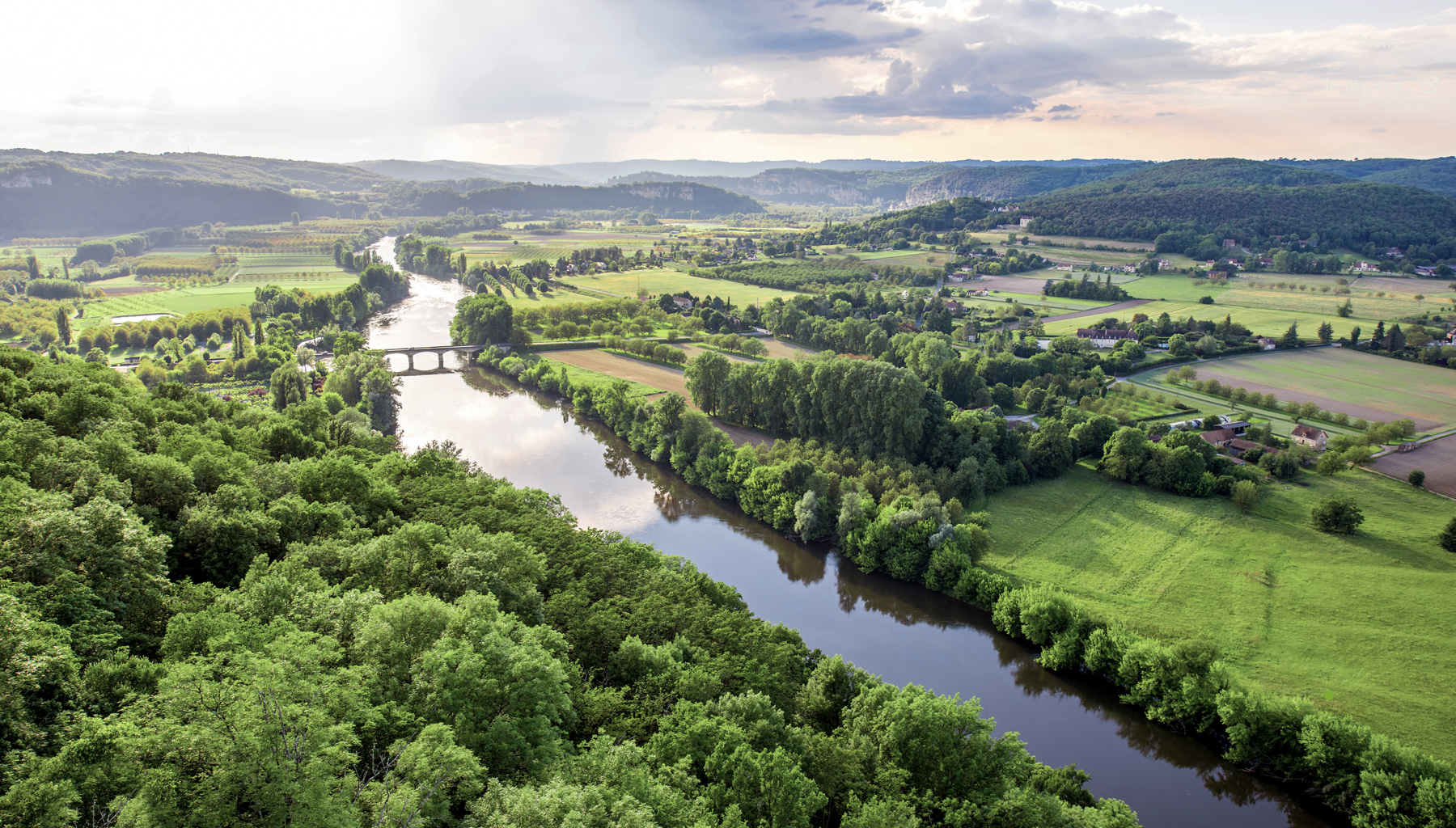
Discover Montignac and its famous Lascaux caves! Choosing to spend your vacations in Montignac Lascaux campsite is to opt for a total change of scenery far from the usual routine in the New Aquitaine region in the South West. On the program of your vacations with family or friends, you will inevitably have moments of relaxation and idleness, but also of discovery, synonymous with visits of sites. This is a good thing because walking through the Périgord Noir from Montignac is ideal! A few kilometers from the medieval city, discover the magnificent villages and towns of the Dordogne, classified as national cultural heritage and among the most beautiful villages of France, such as Sarlat la Canéda.
Situated on the banks of the Vézère in the Dordogne department, this town has undergone many changes over the centuries. From the Gallo-Roman era, through the Middle Ages, the religious wars until today, Montignac has undergone many transformations. Throughout the streets, many old buildings are still witnesses of the history of this city.
On the left bank of the Vézère river near Lascaux, we find :
The history of the city begins with the discovery of Gallo-Roman remains. The men took advantage of the presence of water, rock and forests to settle in the region.
During the medieval period, the city was enriched with a fortress and the men erected a castle which was destroyed in 1826. When walking through the streets of the city, it is possible to see the remains of the tower and part of its infrastructure. At that time, the main street of the village was the rue de la Pégerie, a district gathering notables, religious and merchants. It is also in this street that Jeanne D’Albret, mother of Henri IV, lived.
At the end of the rue de la Pégerie a bridge built around 1380 allowed to cross the Vézère, but was burned by the Protestants in 1580, repaired and then destroyed during an important flood in 1620. For more than a century, the crossing of Montignac was done only by boat provided by the Marquis of Hautefort.
A new bridge was built between 1768 and 1799: it is the current “old bridge” near the town hall.
In 1940, children discovered a cave on the heights of Montignac: the very famous cave of Lascaux in Dordogne.
Montignac is now the small capital of the triangle Périgueux, Brive and Sarlat. It is modern and dynamic, and is developing thanks to trade, crafts, industry and tourism.
In addition to being a “memory” town, Montignac is also a beautiful town, home to a world famous site.
Classified as a world heritage site by UNESCO, this site is none other than the Lascaux cave and its recent copy.
Officially named the Montignac-Lascaux International Center of Cave Art, the new Lascaux is a perfect, fully explained copy of the original cave, originally discovered in 1940 by teenagers.
Near the campsite and Montignac, you will also have the pleasure of being surprised by the beauty of the landscape.
While hiking or horseback riding, canoeing on the Vézère river or riding a gyro-pod, take pleasure in discovering for example the bories, small dry stone huts.
For the gastronomy lovers, go and meet the local producers.
Do not hesitate to push their doors and discover the production of foie gras, the black diamond: the truffle, products based on nuts …
Whatever your age, Le Périgord Noir will become a precious friend during your stay in Dordogne Périgord Noir.
